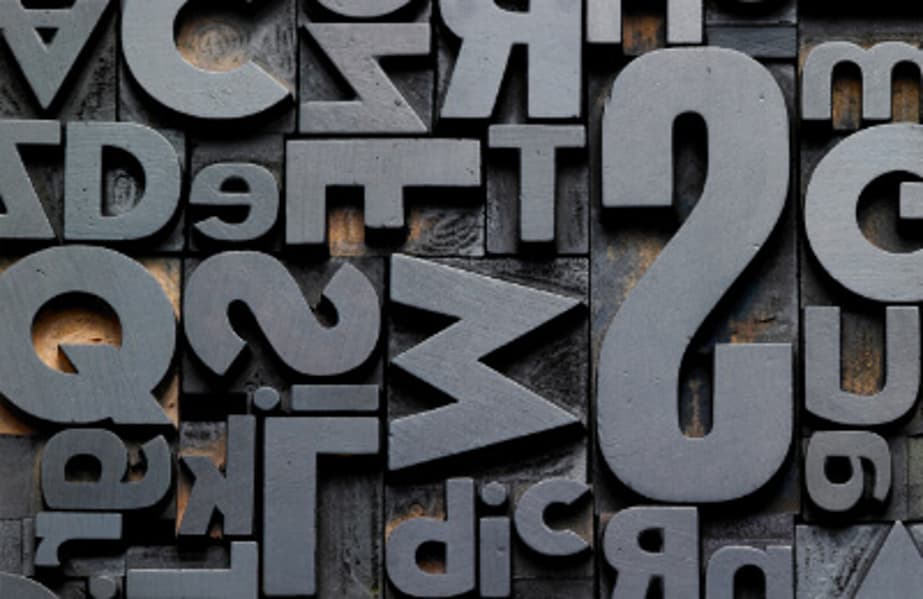While there is no cast-iron rule as to how many fonts should be used in any one design, graphic designers remain free to use as many fonts as they see fit. However, the generally accepted rule among the design community is that a maximum of 2-3 fonts should be used, in order to avoid creating disorderly, overwhelming and incoherent designs.
In the case of web design, page speed is considered a highly desirable trait by web users and search engines alike. Therefore, it’s important for web designers to consider the potentially adverse impacts of using multiple fonts on a website’s performance. For a truly streamlined experience, opting for web-safe and system fonts will go a long way to appeasing page speed conscious web developers.






